Kashmir looks for peace as ceasefire violations increase on the India-Pakistan border
JAMMU, Jammu and Kashmir – For Bodh Raj, a government employee in the education department in Indian-administered Kashmir, a thin line divides life and death at his border house. A resident of Suchetgarh village in the R.S. Pura sector of Jammu district in Kashmir, located on the international border with Pakistan, the 43-year-old knows that the uneasy calm can break any time with a bullet fired either by Indian or Pakistani soldiers guarding their respective sides of the border.
Raj was asleep inside his modest single-story house on January 18 when he was awoken by an explosion. The blast was caused by a mortar shell fired from the Pakistan side hitting the ground a block away from his home.
“The thud of that shell made me run towards my two children and wife. I grabbed them and laid on the ground for hours before the guns fell silent,” Raj told The Defense Post.
According to him, the mortar shelling and firing were responded to by Indian soldiers who guard the border. The village was fortunate that there was no human loss that day, but the following four proved difficult for 208 families who live there.
“It was very hard for us to survive. Six persons from our village were injured and we lost 15 cattle in those five days of continuous shelling and firing. Some people took shelter either in the government-run camps or went to live with their relatives,” Raj said.
The exchange of fire – light to heavy mortar shelling between Indian and Pakistani soldiers on the international border and line of control – continued until January 23, during which time 13 people died and more than 50 were injured. More than 50,000 people fled their homes.
The bullet-scarred walls of the government-run middle school in Suchetgarh village testify to the extent to which things can get murkier along the border between India and Pakistan.
As headmaster of the middle school, 47-year-old Tarlochan Singh has to ensure that students reach their home safely as soon as the first shot is fired.
“The ceasefire violation can happen at any moment, during the day or the night. Many times it happens when children are in their classes and as soon we hear the first shot, the children are asked to run for the safety or hidden behind the walls,” Singh told The Defense Post.

He said the ceasefire violations are taking a huge toll on the children’s education as officials have to keep schools closed for days, sometimes extending up to a month.
“The government announces shutting of the schools which are in the proximity of the border. Sometimes we have to keep the schools shut for few days to a month and the students are also too scared to venture out, thus affecting their studies,” he added.
The situation is no different across the border on the Pakistani side. On January 18, two women were killed and five people injured in cross-border firing along the working boundary in Sialkot’s Chaprar sector 21. Two days later, six more civilians were killed and another 25 injured in Sialkot and the line of control in the Nakiyal sector.
The ceasefire agreement of 2003
On November 25, 2003, four years after India and Pakistan went to war across the line of control for the first time since the creation of both the countries in 1947, they finalized a comprehensive ceasefire agreement.
The international border between India and Pakistan was created on the basis of the Radcliffe line and runs through various states and provinces of both the countries, including Indian-administrated Jammu and Kashmir.
The de facto border between the two countries is the line of control, the military line that runs between the Indian and Pakistani-controlled parts of the former princely state of Jammu and Kashmir. Indian and Pakistani troop positions are divided by the Actual Ground Position Line in the Siachen Glacier region, located in the eastern Karakoram Range of the Himalayas.
The 2003 ceasefire deal agreed by the governments of General Pervez Musharraf and Prime Minister Atal Bihari Vajpayee was enforced on all these points: the international border, the line of control and the actual ground position line.
According to retired Indian Army Lieutenant General DS Hooda, the border saw some minor incidents like the firing of warning shots, but remained relatively calm from 2003 to 2012.
On January 8, 2013, relations between the two countries soured after India accused a Pakistani border action team of crossing over to the Mankote area of Krishna Ghati on the line of control and ambushing an Indian army patrol. Two soldiers were killed and beheaded in the incident, which triggered huge uproar across India and prompted calls for retribution. The attack marked the start of ceasefire violations that have increased over the years.
According to Indian official data, there were 347 ceasefire violations in 2013; 583 in 2014; 405 in 2015; and 449 in 2016. Pakistan’s official data accuses India of 464 ceasefire violations in 2013; 315 in 2014; 248 in 2015; and 382 in 2016. But 2017 saw a manifold increase in the number of ceasefire violations, if both countries’ data is taken into account.
On December 19, the government informed the lower house of the Indian parliament that Pakistan had violated the ceasefire along the line of control 811 times. Pakistan countered the accusations, putting the number of Indian ceasefire violations at 1,300 for the year.
Allegations and counter allegations
India and Pakistan see different reasons for the spike in ceasefire violations. According to New Delhi based defense expert Raj Kadyan, a retired lieutenant general, the increase in ceasefire violations along the line of control is apparently intended to keep the Indian Army confined to their bunkers so militants can more easily infiltrate the Indian side of Jammu and Kashmir.
“The terrorism in the Kashmir Valley has come down considerably due to the relentless action by Indian security forces. Pakistan wants to push in more Jihadists to prop it up. The heightened vigilance along the LoC is making infiltration of Jihadists difficult,” Kadyan told The Defense Post.
Pakistan accuses India of violating the ceasefire. Najam Rafique, director of the Islamabad-based Institute of Strategic Studies told The Defense Post that India feels emboldened by the pressure that has been exerted on Pakistan by the Trump administration.
“The cross-border violations have been stepped up from the Indian side rather than the other way around. Pakistan’s response has been in retaliation to the Indian firing across the LoC,” Rafique said.
“With a growing strategic relationship between U.S. and India, and the kind of statements made by President Trump regarding Pakistan, the latter finds it convenient to heat up its border with Pakistan without fear of any kind of international rebuke.”
Factors behind the violations: a report
A U.S. Institute of Peace report titled “Ceasefire violations in Jammu and Kashmir – A line on fire” published in 2017 and compiled by Happymon Jacob, an associate professor of diplomacy and disarmament studies at Jawaharlal Nehru University in New Delhi, sheds light at the factors behind the violations.
The report found out that ceasefire violations are generally not planned, directed or cleared by higher military commands or political establishments, but are instead driven by dynamics on the frontlines.

An Indian army officer quoted in the report has linked ceasefire violations with high-profile visits to disputed Jammu and Kashmir along with days of national importance, and sees it as Pakistan’s attempts to keep the Kashmir issue alive.
“Strategic and political developments are a major reason for ceasefire violations. A day before Modi’s first visit to Kashmir in July 2015, seven people were killed on the Indian side in a Pakistani violation of the ceasefire,” the report quoted a senior army officer in Rajouri on the Indian side as saying.
Pakistani General Amjad Shuaib argued in the report that since Prime Minister Narendra Modi came to power, India has frequently been using heavy weapons to initiate violations.
The report has also added a new dimension to the causes of ceasefire violations across the border. A retired senior Pakistani officer who spoke anonymously said the media can impact soldiers’ reactions on the front lines.
“At times, political environment acts as a catalyst. We are living in an information age. The soldier in the forward most post is as affected by the media as the man in a city. A person’s mindset becomes agitated and in that environment, people tend to react and display hostility,” the officer said.
But for civilians living along the border, both on the Indian and Pakistani sides, with every ceasefire violation the human and economic cost increases.
“The splinters of mortar shells and bullets have hit almost every house along the border. Sometimes shells land inside the houses, destroying them completely. With each passing day, it is becoming quite dangerous for people to live here,” Tajinder Kaur, a social worker and activist from border town R.S Pura in Jammu district told The Defense Post.
“They are suffering huge economic losses as most of them are dependent on agriculture. Even if they somehow save their own lives, the cattle back in sheds get killed,” she added.
The people have seen too much bloodshed want an end to the ceasefire violations once for all.
“Not only us, but civilians across the border also want an end to CFVs,” Raj said.
“We want peace to prevail so that we can live a normal life like other people are living in the rest of the country.”

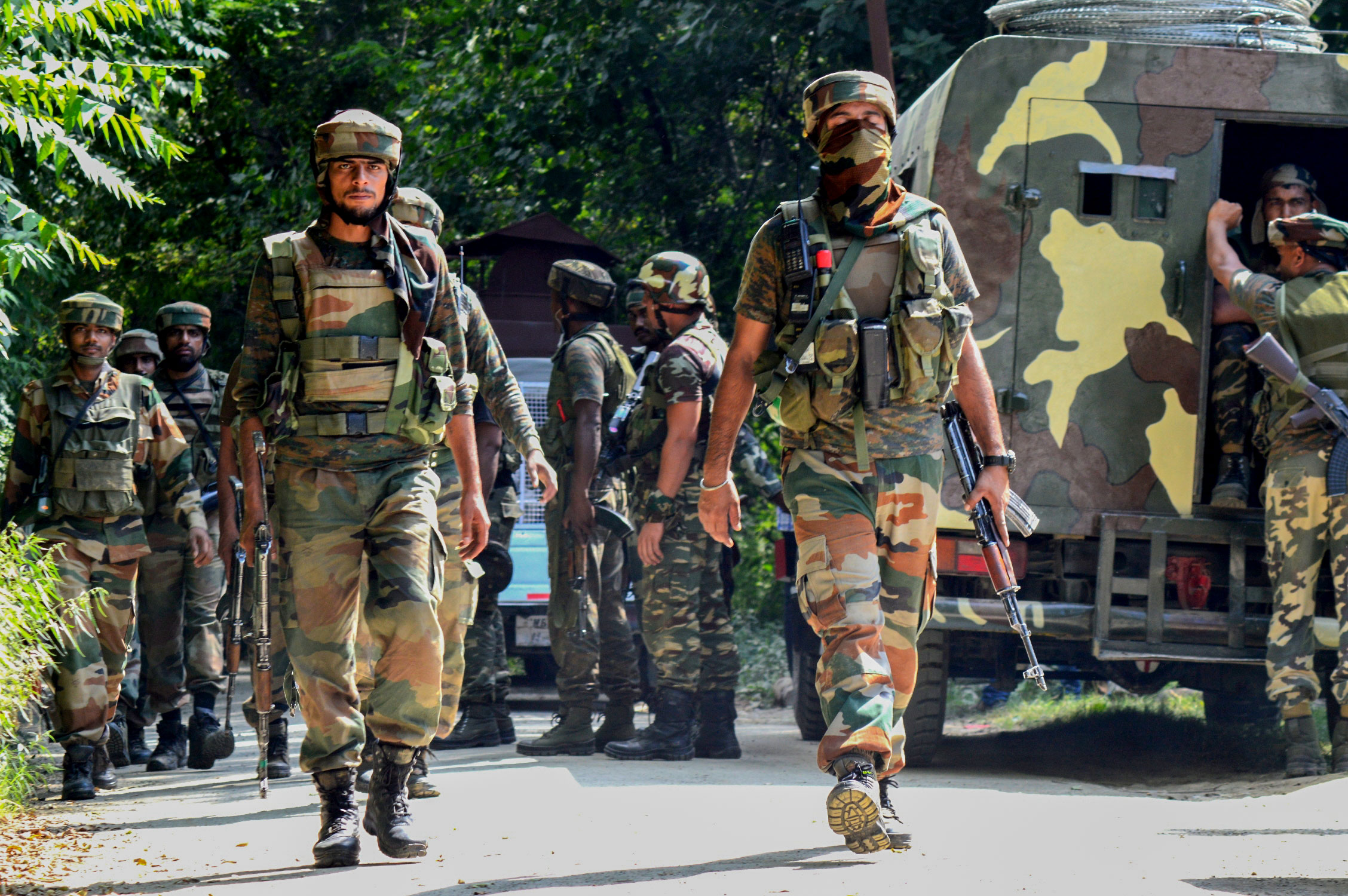

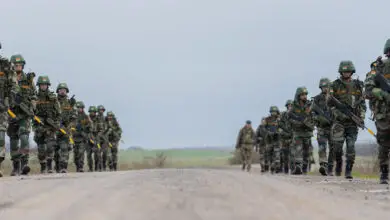


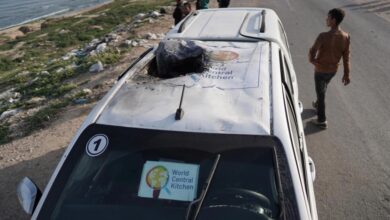
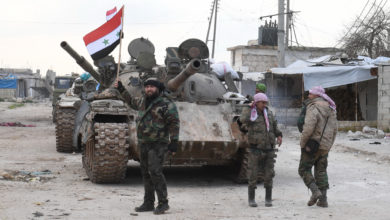



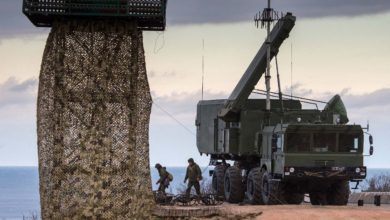
2 Comments